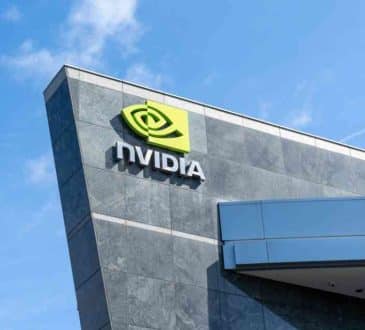How Companies Can Prepare for Ransomware Attacks

Any company operating online, in any capacity, will by this time be well aware of the fact that to exist within the context of the world wide web is to make oneself a target for misfortune.
It is, however, an unavoidable fact of life that the internet is growing increasingly central to our ability to operate at all. Consider how vital it seemed just over twelve months ago, and the exponential increase we have seen from then, to now.
Ransomware, or software that not only targets your company’s most sensitive data, but utilises it as a means of extortion, continues to epitomise the inherent danger of exposing your business to a global network of internet users.
Not only is ransomware one of the most pressing risks posed to any business, but the modus operandi deployed by ransomware attackers is continuously evolving, and the global shift toward new ways of working throughout 2020 is a prime example of an environment to which attackers were keen to acclimatise themselves. A recent report found that ransomware attacks saw an increase in excess of 70% in 2020, for instance – and the continued disruption we face in 2021 already confirms that last year will not represent a single variance.
Pre-Emptive Action
For a company of any size, industry or weight, the only solution is to make protection an ongoing priority; the landscape is continuously changing, and measures that were sufficient even twelve months ago are now old measures. Of course, there are different options to enhance the cybersecurity of a company, and the right approach will be one that anticipates, rather than reacts, to the threat.
The majority of cybercriminals focus their efforts on targeting businesses who are behind in their efforts to secure their network. Some are surprised to discover that obtaining the right software – and, of course, deploying it – is a relatively easy exercise for the technologically adept. There is no subtlety required for a successful attack; perpetrators need only gain access to the right data via a small vulnerability, such as complacent employees or weak endpoints, and then make themselves known in order to extort your business.
While ransomware attacks on global conglomerates are the most publicised, they remain relatively rare – key players targeted by key players. There exists a large pool of cybercriminals with limited knowhow, but just enough to target businesses who may not consider themselves to be the most desirable or conspicuous targets.
As such, taking a proactive approach to securing every vulnerability in your network – rather than waiting for those vulnerabilities to be detected – is the only way to ensure that you are keeping up with a risk that never stays the same for long.
Education
The overwhelming majority of ransomware attacks are initiated via email. In fact, more than 97% of phishing emails contained this malicious software in 2020 – and very few of us are able to identify these suspect emails unfailingly.
What this means is that humans remain the most vulnerable entry points for ransomware attacks. Consider the frequency with which trusted brands are exploited via phishing attacks. PayPal, for instance, is continuously updating its users on the extremely convincing forgeries that are finding their way into their inboxes – in some cases, convincing enough even to evade spam detectors.
Emails may play to emotional vulnerabilities. The pandemic created a readymade template for these sorts of attacks, as perpetrators were able to exploit a worry experienced across the entire globe.
Even the strongest cybersecurity measures must be complemented by users who are keenly aware of the threats they face each day – and the insidious nature of an industry that never stays still.
Add CEOWORLD magazine to your Google News feed.
Follow CEOWORLD magazine headlines on: Google News, LinkedIn, Twitter, and Facebook.
This report/news/ranking/statistics has been prepared only for general guidance on matters of interest and does not constitute professional advice. You should not act upon the information contained in this publication without obtaining specific professional advice. No representation or warranty (express or implied) is given as to the accuracy or completeness of the information contained in this publication, and, to the extent permitted by law, CEOWORLD magazine does not accept or assume any liability, responsibility or duty of care for any consequences of you or anyone else acting, or refraining to act, in reliance on the information contained in this publication or for any decision based on it.
Copyright 2024 The CEOWORLD magazine. All rights reserved. This material (and any extract from it) must not be copied, redistributed or placed on any website, without CEOWORLD magazine' prior written consent. For media queries, please contact: info@ceoworld.biz
SUBSCRIBE NEWSLETTER








